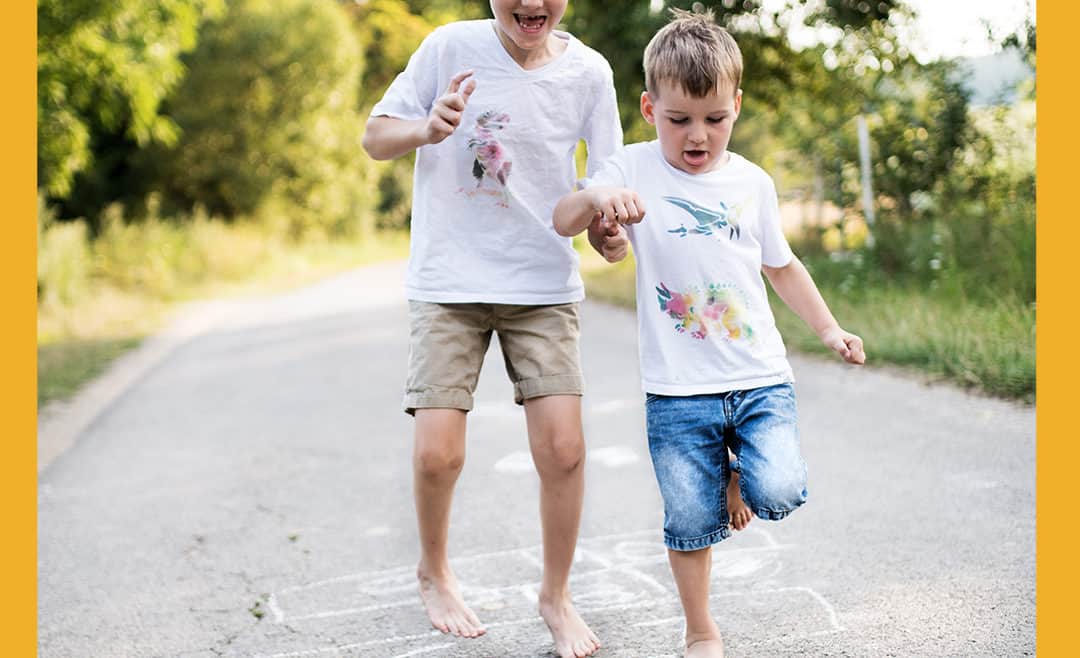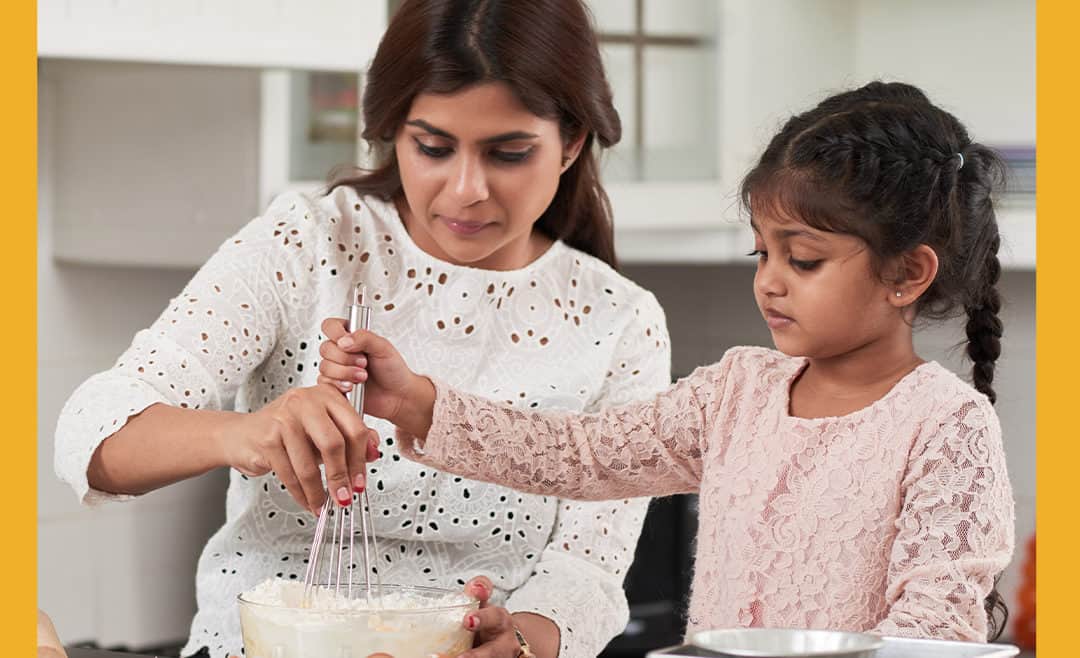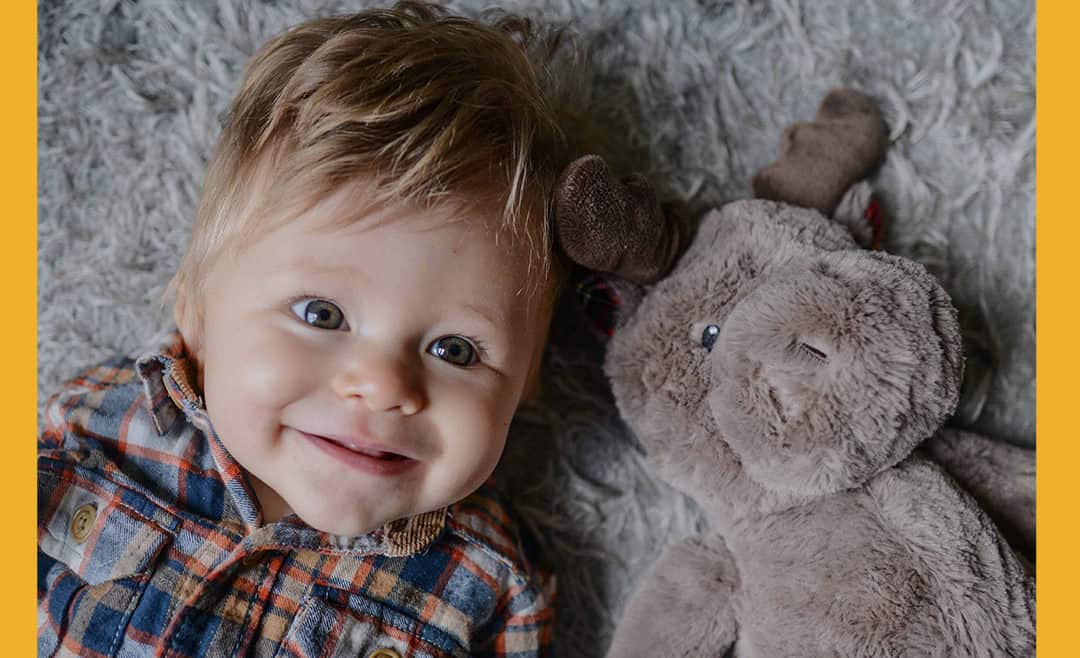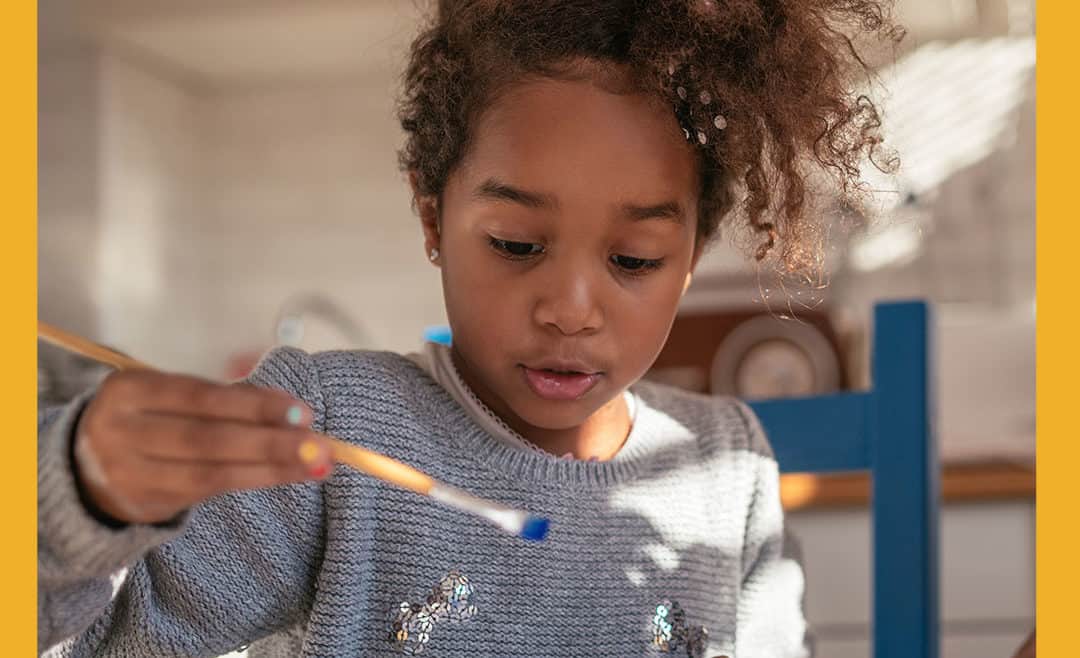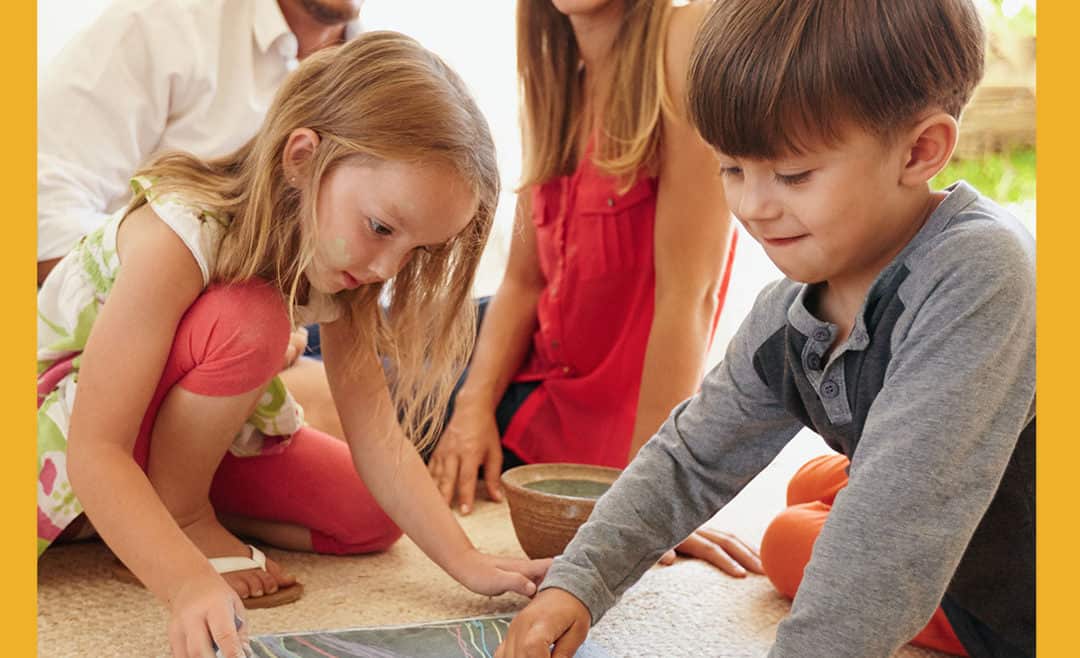April is National Occupational Therapy Month and we are thrilled to start celebrating! Occupational therapy helps children and adults alike who have issues performing cognitive, physical, or sensory tasks, work towards being able to perform everyday tasks and activities on their own.
We’ve found that one of the best ways to work with your child on their occupational skills is to take part in activities as a family, and now that spring has finally arrived, it’s time to take some of those activities outdoors. As flowers bloom and the sun shines, we love to see our PTN families enjoy the nice weather, which is exactly why we wanted to share some fun activities that you can try this spring (and beyond) that your whole family will love – enjoy!
Rock Painting
Painting is a great way to work on your child’s fine motor skills. To start, go on a nature walk and collect all sorts of interesting rocks. Decorate them with paint pens, chalk pens, or acrylic paints, depending on how messy you’d like to get. You can use Modpodge to seal your rocks so they last for seasons to come. Once your rocks are dry you can add them to your garden or play hide and seek with them.
Gardening
Gardening is an awesome family spring activity and provides great opportunities for messy sensory play, problem solving, and strengthening! Include your little ones in on the fun by asking them to help decide what flowers to plant and having them scoop and fill the containers. Once the flowers are planted, use a spray bottle to water the flowers and grass instead of a hose. A spray bottle requires fine motor strength and coordination to operate.
Hopscotch
Odds are you’ve tried hopscotch once or twice as a child, and for good reason! This is a wonderful activity to help work on your child’s balance and coordination while also helping them learn their numbers at the same time.
To begin, allow your kiddos to get creative by letting them help you draw a colorful hopscotch board using chalk. Drawing outdoors with chalk is a fun way to work on your child’s fine motor and handwriting skills. When the board is complete, shout out a number that your child will need to hop to, and watch them hop, skip, and jump over to their number. Repeat over and over again until you’ve called each number at least once. Wrap up the game by using your spray bottle to clean off the chalk from the sidewalk.
Happy National Occupational Therapy Month!
Follow us on our social media (Facebook, Instagram, Pinterest) all month long for more occupational therapy tips, resources, and activities. As always, please don’t hesitate to contact us at any time to discuss if your child would benefit from pediatric therapy. Our team is here to support both you and your child in any way that we can.


